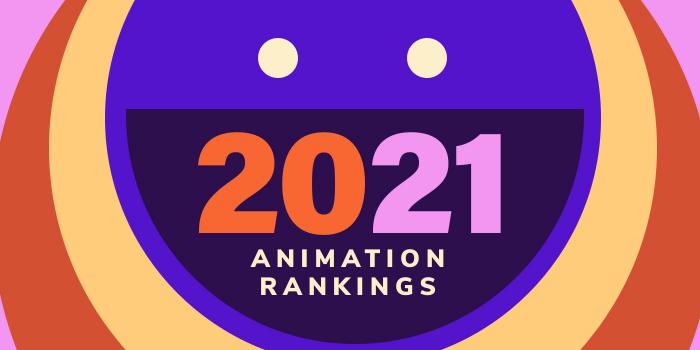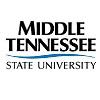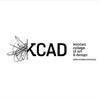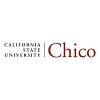Established in 1963, University of Central Florida (UCF) opened its doors in 1968 as Florida Technological University with 1,948 students. The first graduating class consisted of 423 students, and the school granted its first doctoral degree in 1977. Today, UCF leads all universities in Florida in conferring more than 17,000 degrees a year. Serving nearly 72,000 students, the school is also the largest university by enrollment in Florida and one of the largest universities in the nation.
UCF offers 103 bachelors and 91 master’s degrees, 31 research doctorates, three professional doctorates, and three specialist degree programs in 13 colleges. The College of Arts and Humanities houses the School of Visual Arts & Design (SVAD), home to the Emerging Media Program. Options for aspiring animators here include BFA and MFA degrees in Emerging Media.
UCF’s College of Sciences houses the Nichols School of Communication & Media, Florida Interactive Entertainment Academy (FIEA), which offers an MS in Interactive Entertainment.
The SVAD BFA has two animation tracks: Character Animation and Experimental Animation. The MFA has one animation track: Animation and Visual Effects.
The undergraduate Character Animation Track is a two-year cohort that provides extended experience in working in multidisciplinary teams on realistic problems. Course highlights include 3D Textures, Artificial Environments and Effects, Digital Effects & Compositing, Look Modeling Workshop, and Visual Storytelling and Visual Development. Graduates of the program are prepared to seek careers in animation, modeling, rigging, and texture art in the computer game or film industries.
The undergraduate Experimental Animation Track “offers students the opportunity to explore expression through innovative, hybrid analog and digital practice,” says the school. “Students engage in classic, current, and widely varied techniques and mediums while making narrative or non-narrative creative works.” Course highlights for the program include Advanced Computer Graphic Design, Experimental Animation Workshop, Fundamentals of Interactive Design, Modeling for Realtime Systems, and Narrative Sculpture.
Students in the Experimental Animation Track “develop a unique creative vision, which culminates in the completion of a BFA thesis project and exhibition/screening.”
Students in both Animation Tracks will use industry-leading software on Mac and PC-based platforms to create projects, works, and portfolios.
The Emerging Media MFA, Animation and Visual Effects Track, is a terminal scholarly and creative degree suitable for students wishing to pursue careers as professors in higher education or as creative leaders in industry.
This full-time, three-year cohort program is designed to “emulate the professional studio environment, providing each student with an opportunity to assume an artistic leadership role. The principal emphasis is placed on narrative film structure and the entrepreneurial aspect of animation as related to studio and job creation.” Courses for the program provide “exposure to time-based media, performance art, video art, sound works, kinetic sculpture, computer-based art, and art using the Internet.”
Highlights include Animation and Visual Effects Production, Directing for Animation and Visual Effects, Editing for Animation and Visual Effects, Media and Music for Animation and Visual Effects, Technical Problem-Solving for Animation and Visual Effects, and Visual Development and Design for Animation and Visual Effects, Visual Effects for Animation and Live Action. Students will also learn about guerilla marketing and models of film distribution.
Courses for the MFA program are designed to give students the “ability to understand the collaborative function of a commercial studio.” Labs and studios are equipped with the same industry-standard software and hardware used in professional studios.
Graduates of SVAD’s Emerging Media Program have been hired at major animation and gaming studios such as Blizzard Entertainment Electronic Arts, Nickelodeon Animation Studios, Riot Games, Reel EFX, and Walt Disney Animation Studios. Some SVAD alumni have been hired at companies, government agencies, and other organizations outside of entertainment. Examples include DISTI, Lockheed Martin, NASA, and the U.S. Navy.
The MS in Interactive Entertainment provides specific skills in the area of 3D artistry, game design, and programming as well as essential skills such as problem solving, project management, and teamwork.
Per the school, “student production teams are mentored by industry trained faculty who provide instruction in” 3D animation and modeling, game design, level design, motion capture, postmortems, preproduction, rapid prototyping, software engineering, and technical design. The program also covers creative collaboration and legal and technical issues.
Students may choose between three specializations including Art, Production or Programming. Each specialization requires nine credit hours of study. Students in all specializations will complete a three credit hour capstone that will allow them to complete a large-scale project. A six credit hour practicum allows students to engage in supervised training with a research team, through an on-site internship, by developing a start-up, or with a faculty member on research in an area of interest.
Graduates have access to internship and venture opportunities as well as job interviews with media and game companies from across the country.










































